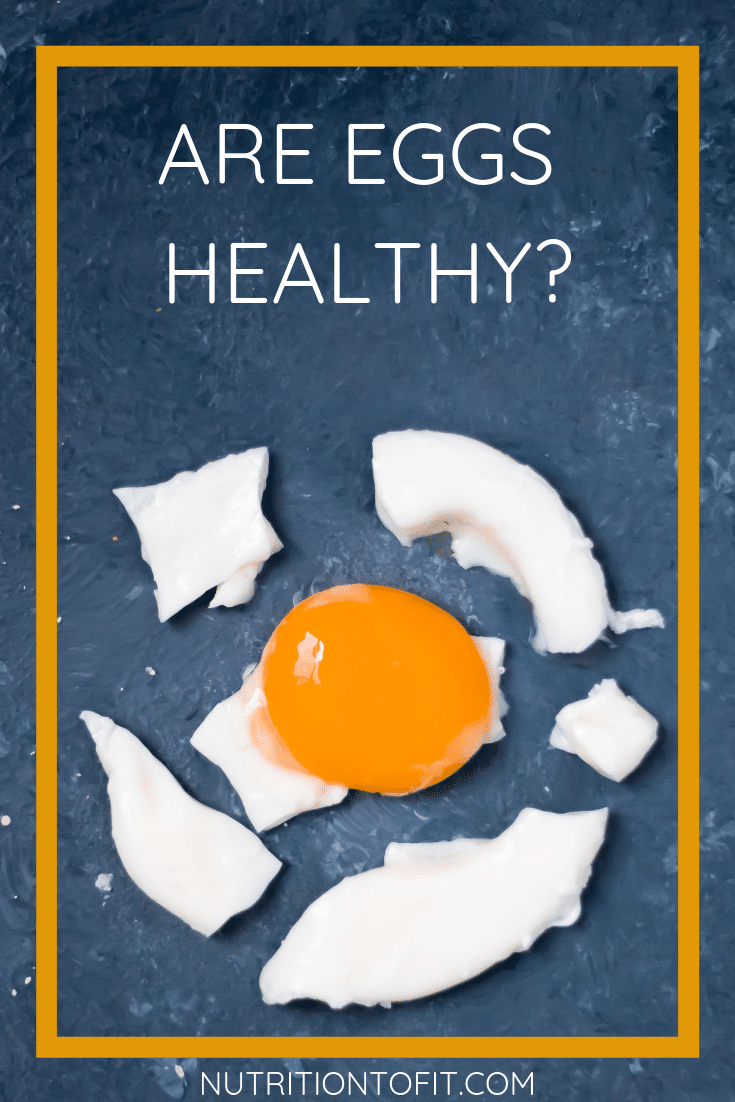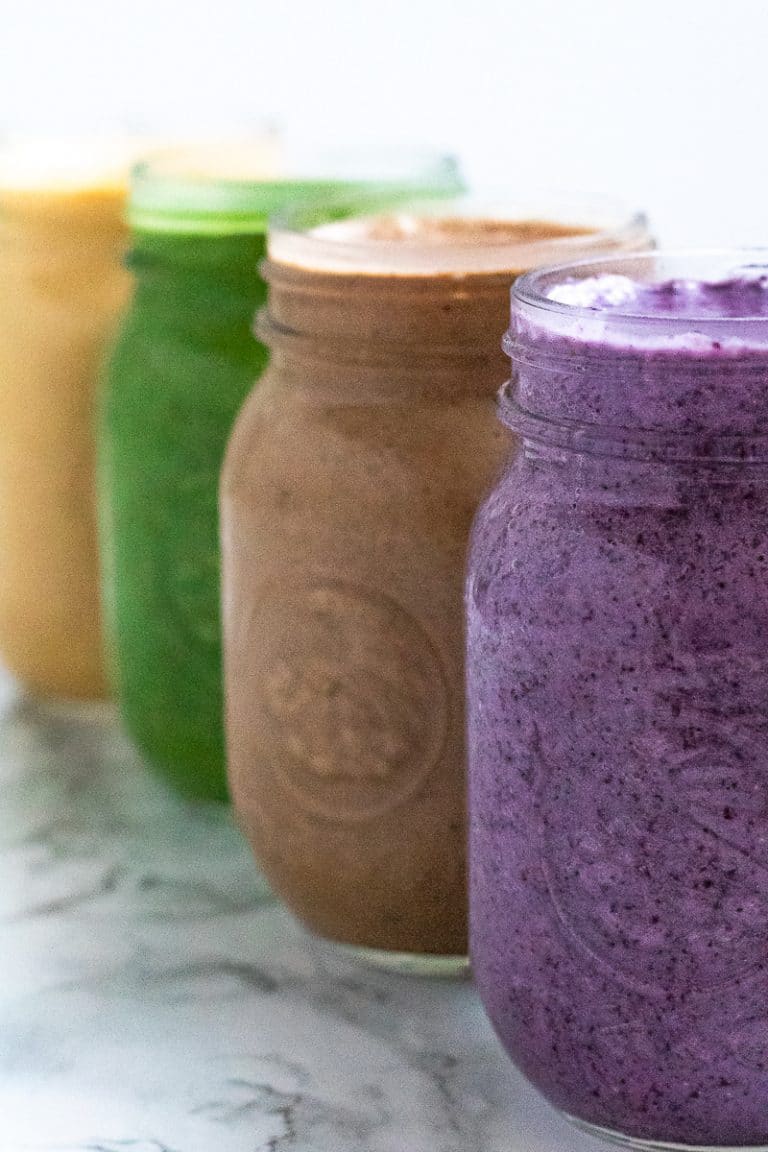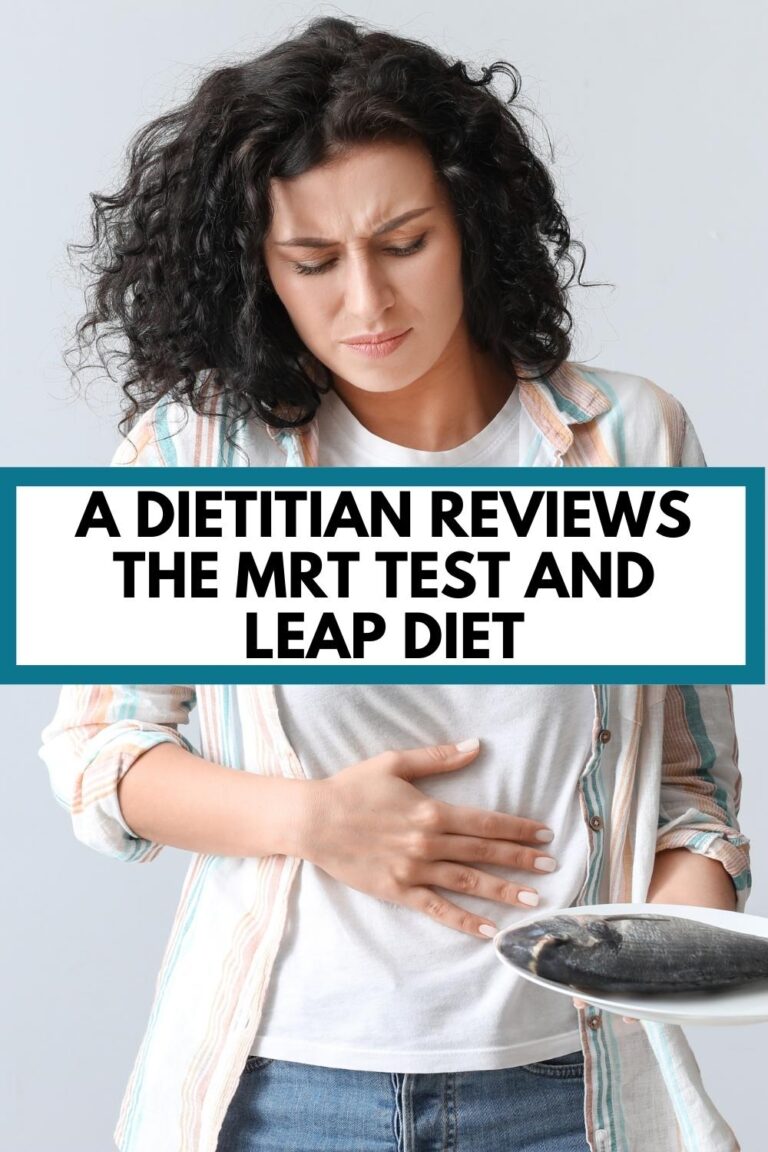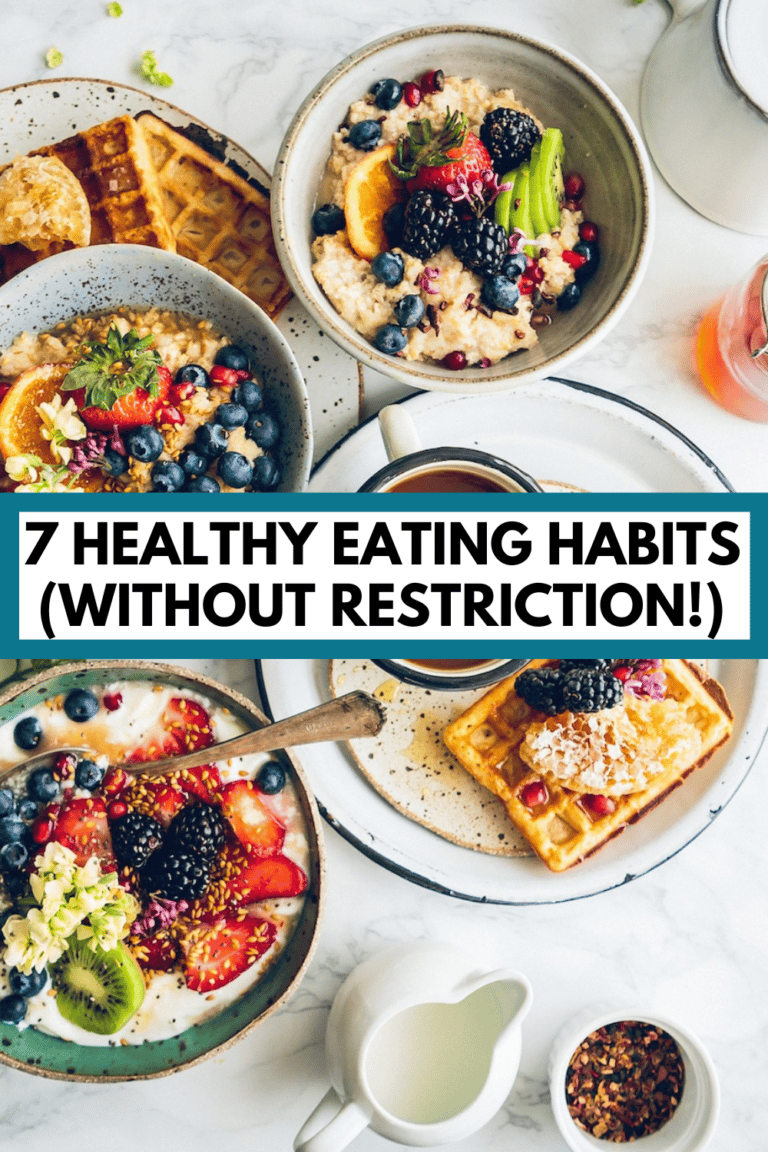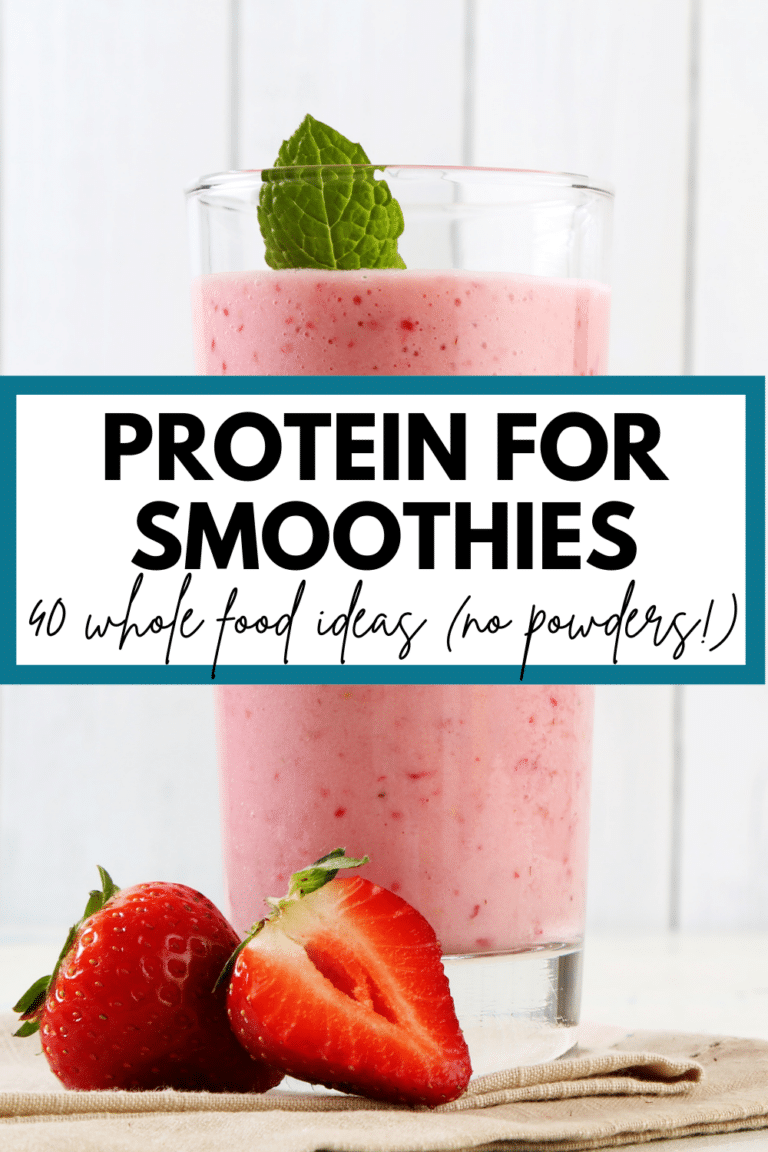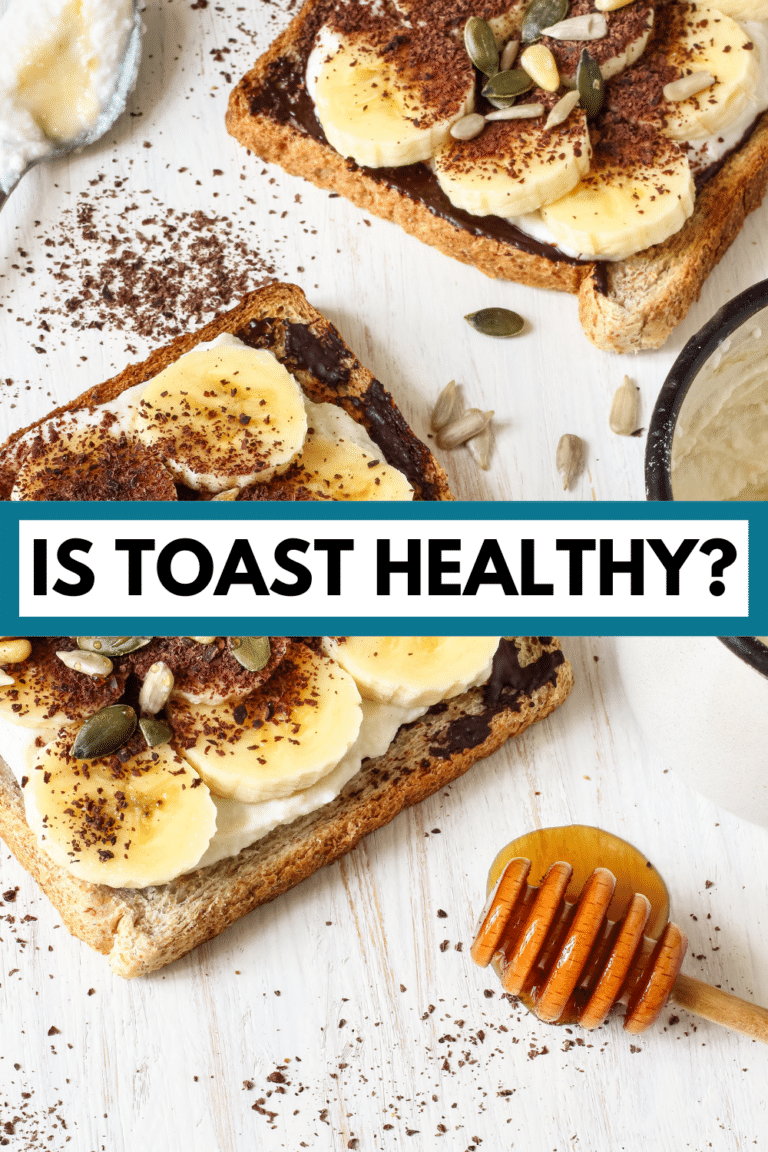Pumpkin: Nutrition, Health Benefits, How to Cook & Use
Pumpkins aren’t just for Halloween and pumpkin pies! They’re a plant that packs a ton of nutrition, potential health benefits, and has a wide variety of uses! Keep reading to learn everything about pumpkin nutrition and associated health benefits and side effects, along with info on how to cook pumpkin, how to freeze it, and how to use it (healthy pumpkin recipes included!).
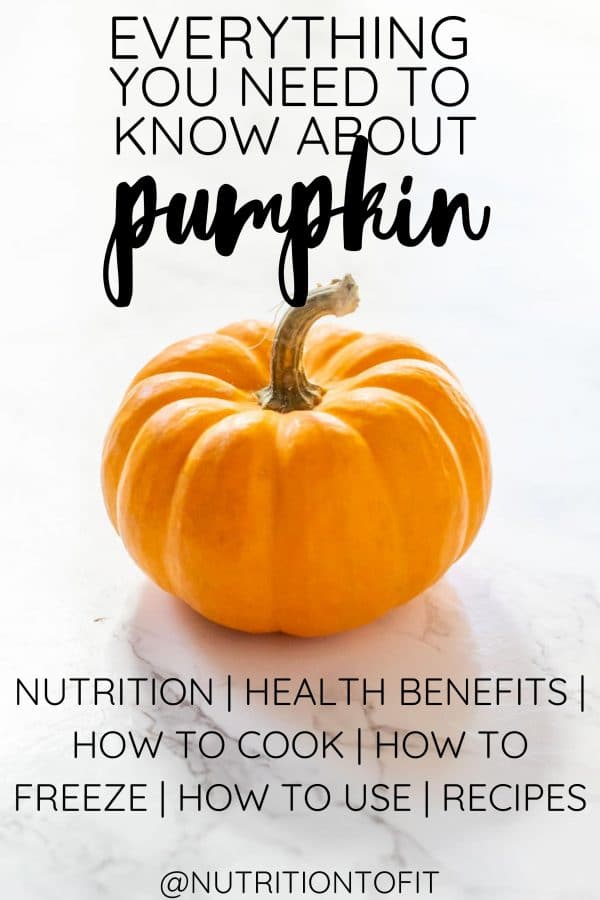
What is pumpkin?
Pumpkin is a type of winter squash. It’s a member of the Cucurbitaceae plant family, a gourd family of flowering plants (1). Fun fact: pumpkins are in the same food family as other gourds and squash, melons, and cucumbers!
Since pumpkins have seeds, they’re technically a fruit, but nutritionally they’re more like a vegetable.
There are many varieties of pumpkins that may be better for different purposes (2):
- Carving jack-o-lanterns: Autumn Gold
- Growing BIG (upwards of 200 lbs!) pumpkins: Dill’s Atlantic Giant
- Making Pumpkin Pie: Sugar Treat, Hijinks, Baby Bear, Cinderella’s Carriage, or Peanut Pumpkin
- Large white pumpkins: Super Moon
- Beautiful dusty green-blue pumpkins: Jarrahdale
When are pumpkins in season?
Pumpkins are in season in the fall, typically harvested in early September through October. They are planted in late spring to early summer and have a long growing season, taking anywhere from 75-120 days to grow (2).
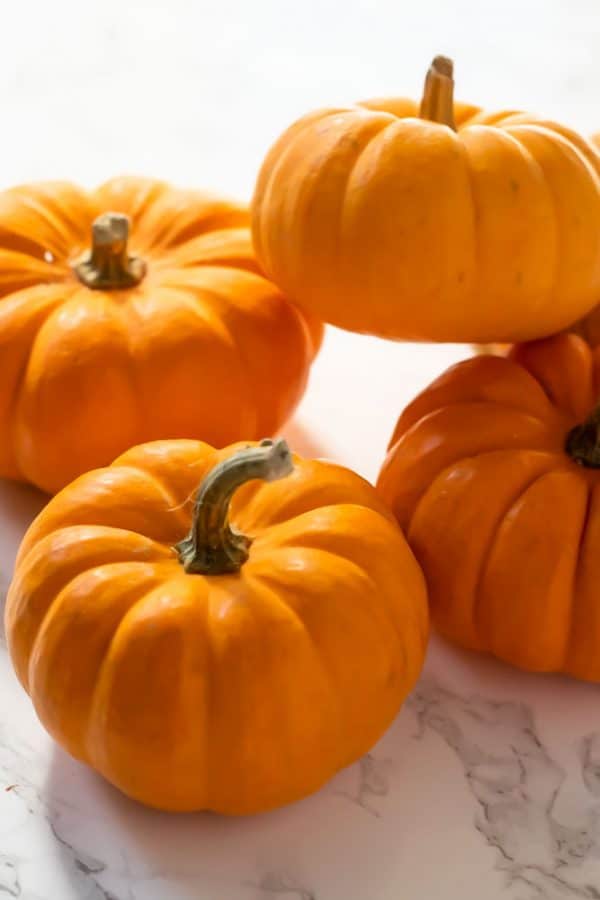
Pumpkin Nutrition Information
According to the United States Department of Agriculture FoodData Central, one cup of pumpkin (canned, without salt) contains (3):
- 83.3 kcal
- 2.7 g protein
- 19.8 g total carbohydrate
- 7.1 g fiber
- 8.08 g sugar
- 0.686 g total fat
- 0.358 g total saturated fatty acids
- 0.091 g total monounsaturated fatty acids
- 0.037 g total polyunsaturated fatty acids
- 0 g trans fatty acids
- 0 g cholesterol
- 63.7 mg calcium (4.9% DV)
- 3.41 mg iron (18.9% DV)
- 56.4 mg magnesium (13.4% DV)
- 85.8 mg phosphorus (6.9% DV)
- 505 mg potassium (10.7% DV)
- 12.2 mg sodium
- 0.417 mg zinc (3.8% DV)
- 0.262 mg copper (29% DV)
- 0.365 mg manganese (15.9% DV)
- 0.98 µg selenium (1.8% DV)
- 10.3 mg vitamin C (11.4% DV)
- 0.059 mg thiamin (4.9%)
- 0.132 mg riboflavin (10.2%)
- 0.98 mg pantothenic acid (19.6% DV)
- 0.137 mg vitamin B6 (8.1% DV)
- 29.4 µg total folate, from food (7.4% DV)
- 24 mg choline (4.4% DV)
- 0 µg vitamin B12 (0% DV)
- 1910 µg vitamin A, RAE (212% DV)
- 38100 IU vitamin A, IU
- 2.6 mg vitamin E (alpha-tocopherol) (17.3% DV)
- 0 µg vitamin D (D2+D3) (0% DV)
- 93.2 µg vitamin K (phylloquinone) (77.7% DV)
Daily values (DVs) were developed by the U.S. Food and Drug Administration (FDA) (4). The % DVs listed above are compared to the daily values for adults and children ages 4 years and up (5).
Generally, 5% DV or less of a nutrient per serving is low whereas 20% DV or more of a nutrient per serving is considered high (6).
Per these standards, pumpkin is high in vitamins A and K and the mineral copper (and at 19.6% DV, pantothenic acid is fairly high, too!)
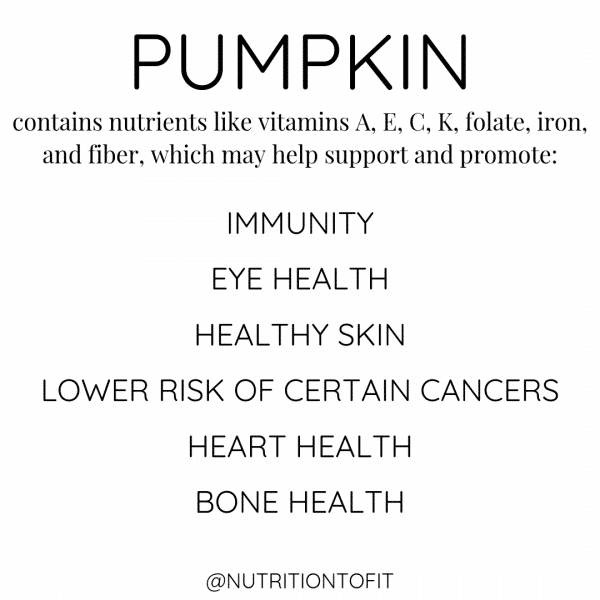
Potential Health Benefits of Pumpkin
Pumpkins contain a variety of nutrients, like fiber, vitamins, minerals, and antioxidants, all of which can lend to major health benefits. While research studies into health benefits of pumpkin specifically are hard to come by, what we do have is a lot of research on how the nutrients pumpkin is rich in can benefit our bodies. These benefits include:
- Immunity: nutrients in pumpkin, like vitamin A, vitamin E, folate, vitamin C, and iron can all help support the body’s immune system.
- Lower Risk of Certain Cancers: some research suggests that those who consume a lot of food (not supplements) rich in beta carotene may have a lower risk of certain cancers, like lung cancer and prostate cancer (7).
- Eye Health: beta carotene in pumpkin can help keep your vision sharp and eyes healthy.
- Healthy Skin: beta carotene, a precursor to vitamin A, may promote healthy skin by offering protection from sunlight (8).
- Heart Health: fiber, vitamin C, and potassium found in pumpkin may regulate and improve blood pressure and cholesterol levels.
- Bone Health: vitamin K plays a role in improving bone health and may reduce the risk of osteoporosis (9).
Of course, more research is always needed!
Who Shouldn’t Eat Pumpkin?
While not common, allergies and sensitivities to pumpkin are possible. Most allergy cases seem to primarily be related to the pumpkin seeds (with individuals still being able to eat the pumpkin flesh), although very rarely an allergic reaction to pumpkin flesh has been documented and validated through testing (10, 11, 12).
Pumpkin Side Effects
While uncommon, it is possible for your skin to get a yellow-orange tint if you consume large quantities of foods high in beta carotene or other forms of preformed vitamin A (like pumpkin) (7). It’s harmless, but good to be aware of!
Vitamin K plays a role in blood clotting. If you’re on a blood thinner like Coumadin, it’s important to eat a consistent intake of vitamin K each day. You absolutely can still eat pumpkin (and other high vitamin K foods), but just need to be consistent in the amount of vitamin K you’re consuming each day.
How to Cook Pumpkin
The most purchased type of pumpkin in the United States is canned, pure pumpkin. Canned pumpkin is simply pumpkin that has already been cooked and pureed (although be cautious not to confuse canned pumpkin with canned pumpkin pie filling – the latter contains sugar, spices, and is ready to fill a pie).
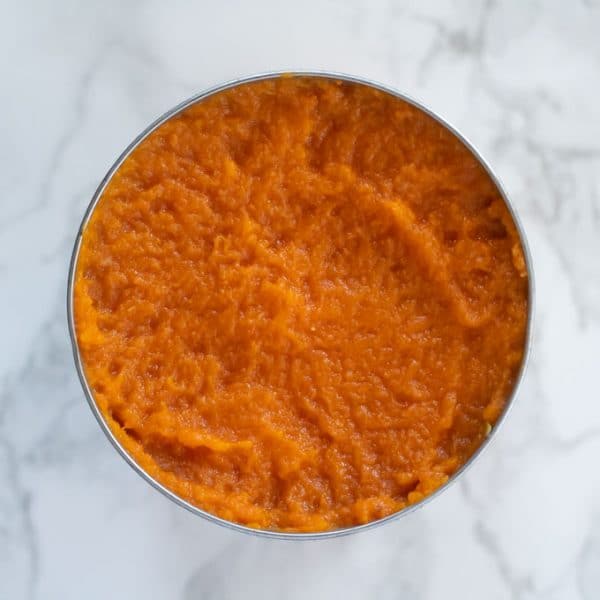
If you’re cooking a pumpkin on your own, try baking, boiling, or cooking in your slow cooker or pressure cooker, like an Instant Pot.
With all of these methods, be sure to wash your pumpkin first!
- Bake Pumpkin: Slice a 3-4 pound sugar pumpkin in half. You can leave the stem on or cut it off – your choice! Scrape out all the seeds and stringy flesh. Place cut side down on a baking sheet (I usually line with silicone baking mats for easier clean up, but you could also use parchment paper). Pierce the exterior of the pumpkin with a fork or small knife, so steam will be able to escape while baking. Bake for 45-60 minutes, or until tender. Remove from oven and allow to cool until it can be easily handled. If pureeing, scoop out the flesh and add to a blender or food processor and process until smooth.
- Boil Pumpkin: Slice a 3-4 pound sugar pumpkin into several large pieces. Scrape out the seeds and stringy flesh. Place in a large pot filled with water and bring to a boil. Boil 20 minutes, or until tender*. Remove pumpkin pieces and let cool 10-15 minutes, until easy to handle. Scrape flesh off the peel, transfer flesh to a blender or food processor and process until smooth.
- *Note: if using a larger pumpkin with thicker flesh (like a carving pumpkin) you may need to boil up to 45 minutes or longer.
- Slow Cooker Pumpkin: Slice a 3-4 pound sugar pumpkin in half. Remove seeds and stringy flesh. Place cut side down in your slow cooker, cover with lid, and cook on low 6-7 hours or on high 2-3 hours until flesh is tender. Let the pumpkin cool until it can be easily handled, then scrape out the flesh from the peel and transfer to a food processor or blender to process until a smooth puree forms.
- *Note: This method is still possible with larger pumpkins, you just need to cut your pumpkin into smaller pieces to fit your slow cooker, and you may need to cook slightly longer.
- Instant Pot Pumpkin: Slice a 3-4 pound sugar pumpkin in half* and remove seeds and stringy flesh. Place 1 cup water in the bottom of your Instant Pot, then set the pumpkin on the trivet. Cook on high pressure for 15 minutes, then do a quick release and carefully remove pumpkin halves from Instant Pot. Scoop the flesh out from the peel, transfer to a blender or food processor and process until smooth.
- *Note: Technically if you pumpkin will fit in your Instant Pot, you can cook it whole. Some prefer this method, I personally find it easier to handle the cooked pumpkin when it is already halved.
- Additionally, if your pumpkin is tough to cut or has thicker flesh, you may want to cook for 20 minutes on high pressure. You can always chop a bigger pumpkin into smaller pieces, too.
You can also try peeling and cubing or thinly slicing pumpkin, tossing in a drizzle of oil, and roasting at 350F for 20-30 minutes. These roasted pumpkin cubes or slices can be tossed on salads, in grain bowls, etc.
With any of these methods, don’t toss the pumpkin seeds! Clean and dry your pumpkin seeds, drizzle with a little oil (about a tablespoon per cup) and any seasonings desired, then roast at 325F for 20-30 minutes. Cool completely before transferring to an airtight container.
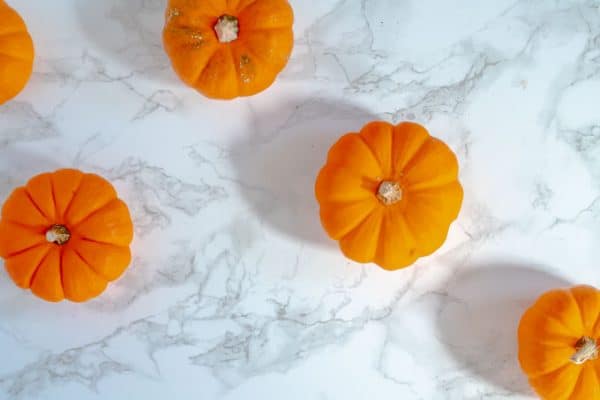
Freezing & Storing Cooked Pumpkin
Your homemade pumpkin puree (or leftover canned) can be refrigerated up to 3-4 days or frozen up to 3-6 months. I personally like to freeze in both one cup portions, since many recipes (many of my own included!) often call for one cup pumpkin puree, or into ice cube trays so I can add a little pumpkin to something like a smoothie, sauce, or soup.
Ways to Use Pumpkin
If roasting whole small cubes or slices of pumpkin, you can add them to salads, grain bowls, etc.
Pumpkin puree can be used in many ways, from adding to sauces, smoothies, muffins, pancakes, waffles, chili, and more!
Check out this round up on ways to use up a can of pumpkin puree! (Publishing this Thursday!)
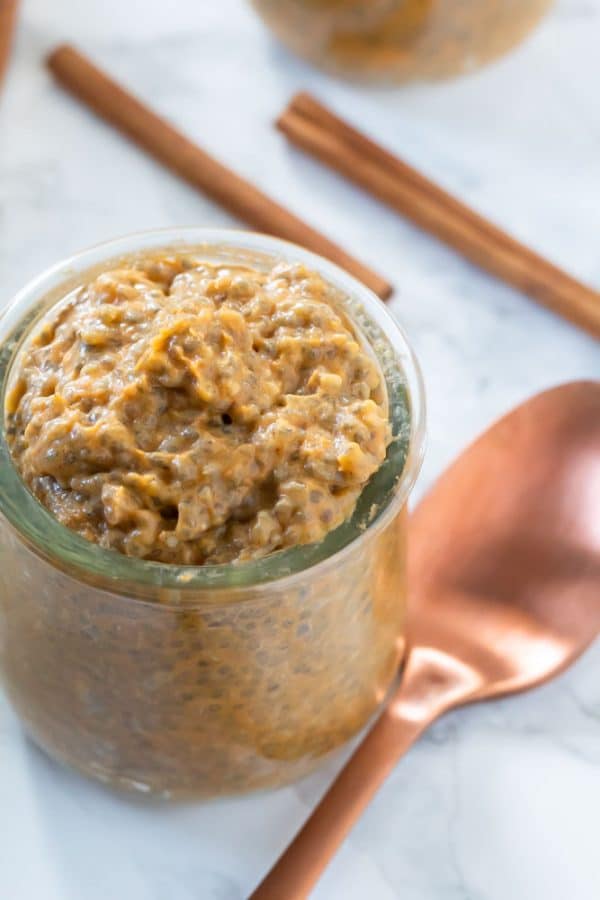
Pumpkin Recipes
Some of my favorite pumpkin recipes include:
- Healthier Pumpkin Muffins (coming later this week!)
- Pumpkin Pasta Sauce (coming later this week!)
- Pumpkin Chia Pudding
- Pumpkin Spice Buckwheat Granola
- Collagen Pumpkin Protein Balls
- Pumpkin Pie Crumble Bars
- Pumpkin Falafel
- Baked Pumpkin Oatmeal
References:
- https://www.britannica.com/plant/Cucurbitaceae
- https://www.almanac.com/plant/pumpkins
- https://fdc.nal.usda.gov/fdc-app.html#/food-details/168450/nutrients
- https://ods.od.nih.gov/HealthInformation/dailyvalues.aspx
- https://www.dsld.nlm.nih.gov/dsld/dailyvalue.jsp
- https://www.accessdata.fda.gov/scripts/InteractiveNutritionFactsLabel/pdv.html
- https://ods.od.nih.gov/factsheets/VitaminA-Consumer/
- https://www.ncbi.nlm.nih.gov/pubmed/23053552
- https://ods.od.nih.gov/factsheets/VitaminK-Consumer/
- https://www.ncbi.nlm.nih.gov/pubmed/29249131
- https://www.ncbi.nlm.nih.gov/pubmed/28126432
- https://onlinelibrary.wiley.com/doi/abs/10.1111/j.1398-9995.2009.02124.x
- https://www.healthline.com/nutrition/pumpkin-nutrition-review

